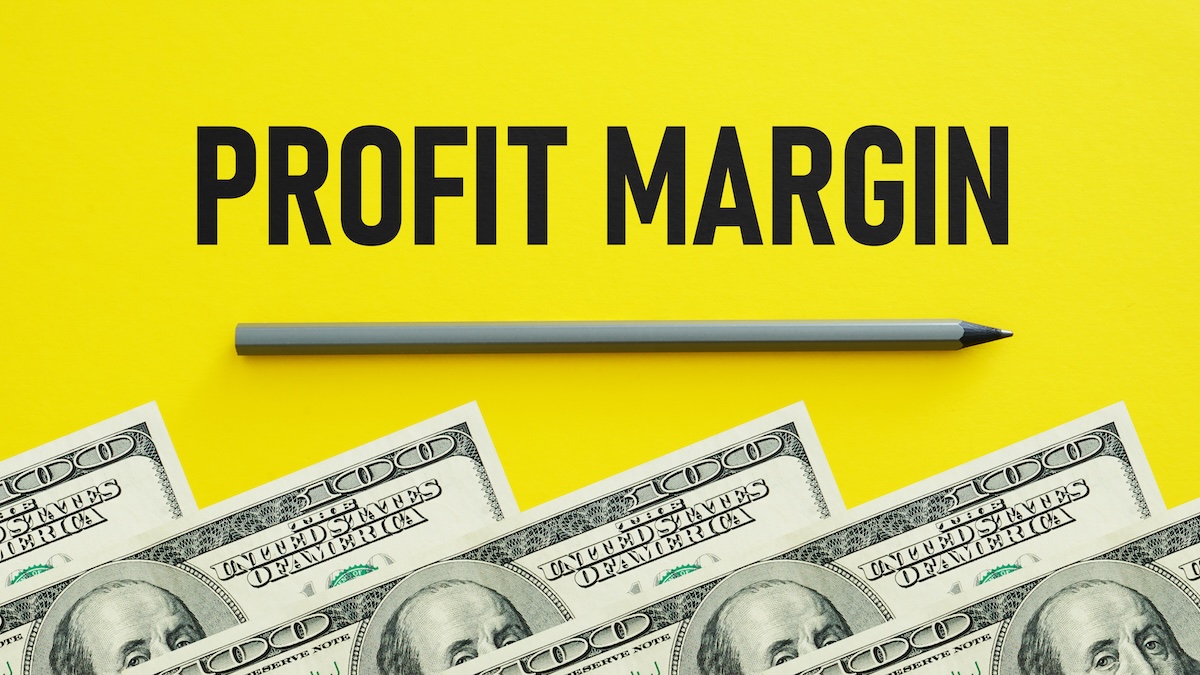The carpet cleaning industry in the United States is thriving. According to current market research by IBISWorld, there are over 37,000 businesses in this sector nationwide, employing a total of 64,615 people. The industry currently generates approximately $6.8 billion annually.
However, just like any other business, the key to success in a carpet cleaning company lies in understanding its economics. You’ll need to consider startup costs, operational expenses, and the factors that drive revenue to offer great services and create a profitable pricing strategy.
Learn everything you need to know about starting, running, and managing a company in this sector and how to maximize your carpet cleaning business’s profits.
How Much Does it Cost to Start a Carpet Cleaning Business?
Understanding your business’s profitability begins with knowing your startup costs. A franchised carpet cleaning business can require around $56,000 and $180,000 in starting capital. If you opt for an affiliate program, however, you may be able to open a carpet cleaning company for between $2,030 and $13,595.
Here’s a breakdown of expenses you’ll need to consider when starting and running your carpet cleaning company:
| Startup Expense | Details | Estimated Cost |
| Equipment | Residential. Portable carpet cleaners, vacuum cleaners, brushes, detergents.
Commercial. Industrial-grade cleaners, high-capacity vacuums, extraction machines, drying fans. |
Under $1,000 to over $20,000 |
| Vehicles | Essential for transporting equipment. Options range from using a personal truck to purchasing a dedicated van or work truck. | $32,000 to $50,000 for a new van |
| Licensing and Permits | Costs vary based on local and state requirements. | $100 and $500 |
| Business Insurance | Includes general liability, commercial auto, possibly workers’ compensation, BOPs, and janitorial bonds. | About $400 to $600 per month |
| Cleaning Supplies | Costs for cleaning supplies (detergents, soaps, stain removers) and maintenance supplies (bags, rags, towels). Higher-quality and eco-friendly options are more costly but offer better efficiency and quality. | $200 to $500 per month |
| Carpet-Cleaning Business Salaries | Average hourly wage is $18.80 per hour, ranging from under $13 to $30 or 15-25% from sales | $2,250 and $5,200 per month per employee |
| Marketing | Budget for website, blog posts, signage, ad campaigns, and printed materials. | 7% to 8% of revenue |
| Franchising Expenses | Involves franchising and royalty fees. While it provides immediate brand recognition, it may limit independence and unique service model development. | Varies based on franchise agreement, but can cost between $50,000 and $150,000. |
Is a Carpet Cleaning Business Profitable?
Carpet cleaning businesses can be lucrative, with self-employed carpet cleaners earning hundreds of thousands annually. However, this profit varies based on operating expenses and other operational choices.
To truly understand your business’s profitability, you need to know the difference between profit and revenue, a healthy profit margin to aim for, and what affects your company’s income in the long run.
Profit Margin vs. Revenue
As a business owner, it’s crucial to know the difference between revenue and profit. Revenue refers to the total amount of money earned from services provided without subtracting any expenses. Profit is the amount of money left after all operating costs, such as equipment, supplies, wages, and insurance, have been deducted from the total revenue.
Profit = Revenue – Expenses
For instance, you open a new affiliate carpet cleaning business that generates $16,000 in revenue. That same month, you have $6,000 in expenses. This means you’ve made $10,000 in profit, which you can use to reinvest in the business or save as liquid capital.
How Much Does a Carpet Cleaning Business Make a Year?
The average annual carpet-cleaning business income ranges from $75,000 to $250,000. However, successful businesses can grow rapidly, with many operations exceeding $500,000.
Your business’s specific revenue numbers will depend on your geographic location, the size and scale of your business, and whether you focus on residential or commercial buildings.
What’s a Good Profit Margin for a Carpet Cleaning Business?
Profit margin is a financial metric that measures the percentage of revenue that becomes profit after all expenses are deducted. This number shows the profitability of your carpet cleaning business in percentage terms, with higher percentages indicating more profit. It is calculated using the formula:
Profit Margin = (Net Profit/Revenue) x 100
A healthy profit margin typically starts at around 40% for carpet cleaning businesses. This indicates a solid balance between revenue and operating costs, allowing for sustainable growth.
Many successful carpet cleaning businesses, especially those with a broad, loyal customer base and effective marketing strategies, can achieve profit margins exceeding 50%. For example, if your carpet cleaning business generates $10,000 in net profit and $16,000 in revenue in one month, you would have a healthy profit margin of 62%.
Franchising vs. Starting as an Affiliate
Deciding between opening a franchised carpet cleaning business or starting your own company as an affiliate can affect your business’s profitability. Franchising usually means higher upfront costs and regular fees for the benefit of using a well-known brand and its systems.
Starting as an affiliate often involves lower startup costs and more operational freedom, which lets you keep more profits. If you work with an established partner like DryMaster Solutions, you get the benefit of additional support like marketing materials, training, and equipment discounts. This can lead to better profitability, allowing you to cut down on fixed expenses and boost your income potential.
Tips for Maximizing Your Profits
Maximizing your carpet cleaning profit margins requires you to follow the best business management practices and adopt efficient operational strategies, including:
- Efficient day-to-day operations. Efficient scheduling can minimize downtime and control daily costs, such as travel expenses. For example, maximize the number of jobs per day and accept the highest-paying ones as often as possible.
- High-quality service. The better your service, the more satisfied your customers, and the more likely you’ll earn repeat business and referrals. Offering specialized services, such as stain removal, upholstery cleaning, and pet odor elimination, can help your business stand out and become more profitable.
- Pricing strategy. The industry standard pricing method in the carpet cleaning sector is to charge by the square foot. Research the average cost in your region and adapt your pricing based on work quality and thoroughness, whether it includes specialized services and seasonal demand.
- Marketing strategy. Promote your business through as many advertising channels as possible to maximize its reach in your area. Upselling and cross-selling techniques can encourage customers to upgrade to a more expensive but thorough or detailed cleaning service.
Common Challenges to Profitability and How to Overcome Them
Many factors can affect your carpet cleaning business’s profitability. Continuously assess your company’s performance to identify its profitability challenges and adopt the right mitigation techniques to keep profits up.
- Local competition. The carpet cleaning industry is competitive, and your area may face competition from local, regional, and national cleaners, both independent and franchised. The best way to stand out is to offer superior-quality cleaning services, distinguish yourself with unique value propositions, and provide excellent customer service.
- Employee management. Technology and cleaning techniques continuously evolve. You must ensure your employees receive regular training and updated education. While training can be a significant investment, it will allow them to use the latest equipment efficiently and maintain the quality of your business’s services.
- Growth management. As your business becomes more profitable, you might be tempted to put all that profit back into expanding even more. This could mean buying new cleaning gear, adding vehicles, or hiring more people, all of which will add to your costs. Make sure your eagerness to grow doesn’t stretch your finances too thin, risking the stability of your business.
Become a DryMaster Affiliate
If you are considering joining the carpet cleaning industry, don’t go at it alone; consider becoming a DryMaster Affiliate. Our program allows you to run your own business while benefiting from up-to-date training, quality equipment, environmentally friendly supplies, and all the support and knowledge you need to succeed.
Reach out to us today to get your free 30-page business guide and start building a successful carpet cleaning business.




